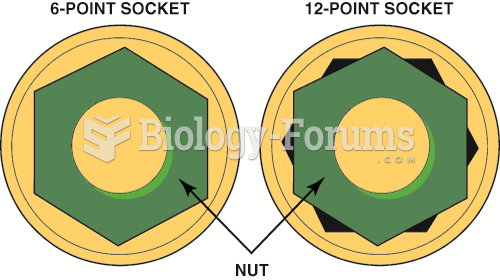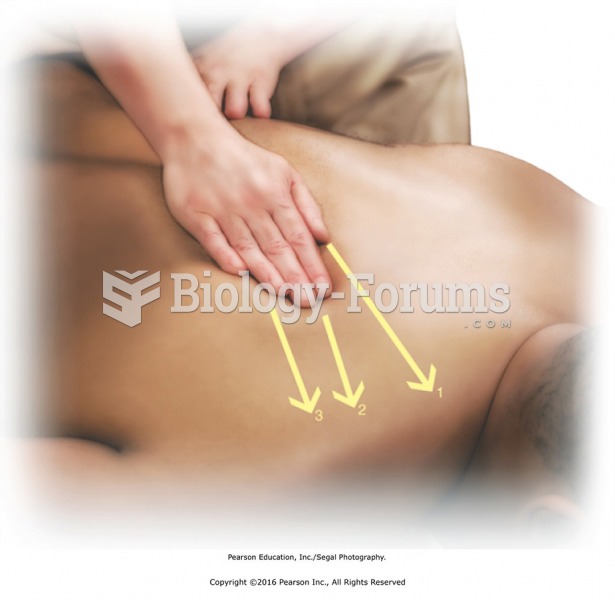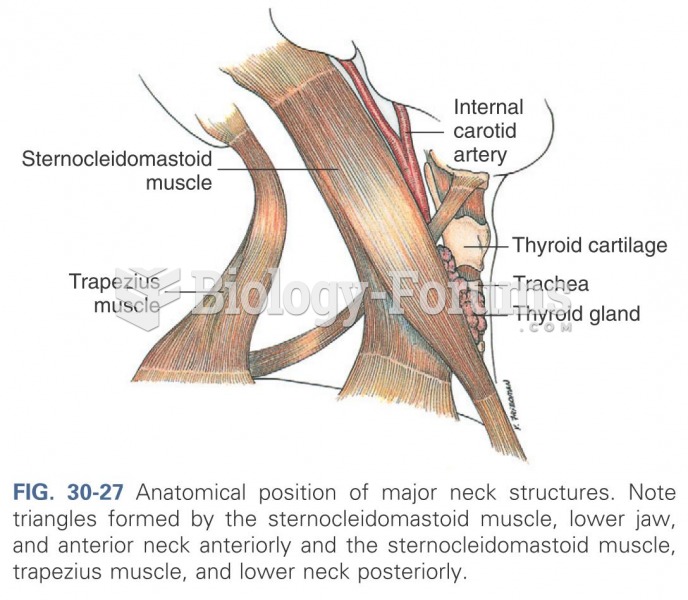|
|
|
Of the estimated 2 million heroin users in the United States, 600,000–800,000 are considered hardcore addicts. Heroin addiction is considered to be one of the hardest addictions to recover from.
In 2006, a generic antinausea drug named ondansetron was approved. It is used to stop nausea and vomiting associated with surgery, chemotherapy, and radiation therapy.
Autoimmune diseases occur when the immune system destroys its own healthy tissues. When this occurs, white blood cells cannot distinguish between pathogens and normal cells.
Alcohol acts as a diuretic. Eight ounces of water is needed to metabolize just 1 ounce of alcohol.
Vaccines cause herd immunity. If the majority of people in a community have been vaccinated against a disease, an unvaccinated person is less likely to get the disease since others are less likely to become sick from it and spread the disease.
 A 6-point socket fits the head of a bolt or nut on all sides. A 12-point socket can round off the ...
A 6-point socket fits the head of a bolt or nut on all sides. A 12-point socket can round off the ...
 Walk around the head of the table to the left side and reach across to perform threecount stroking ...
Walk around the head of the table to the left side and reach across to perform threecount stroking ...





